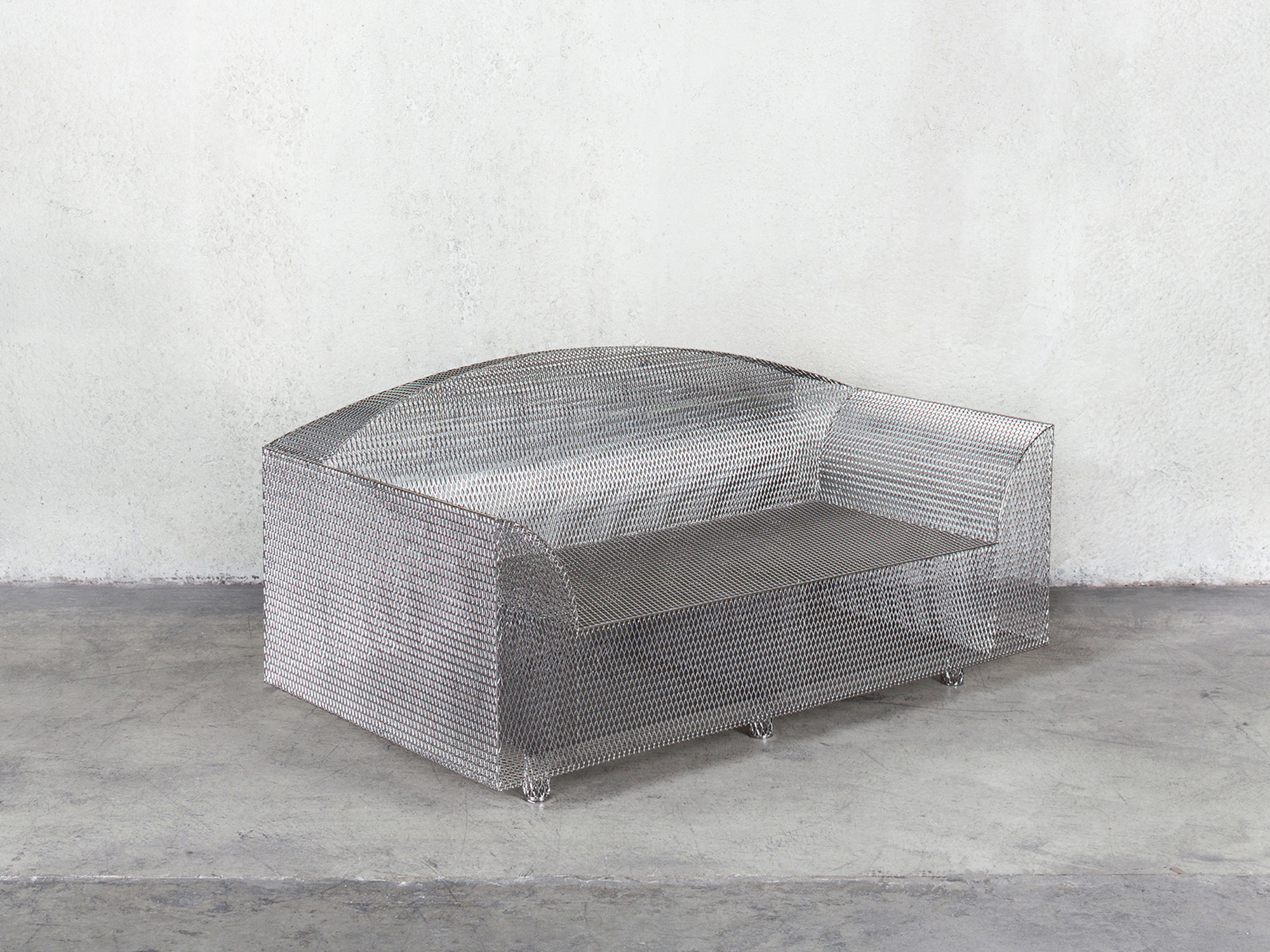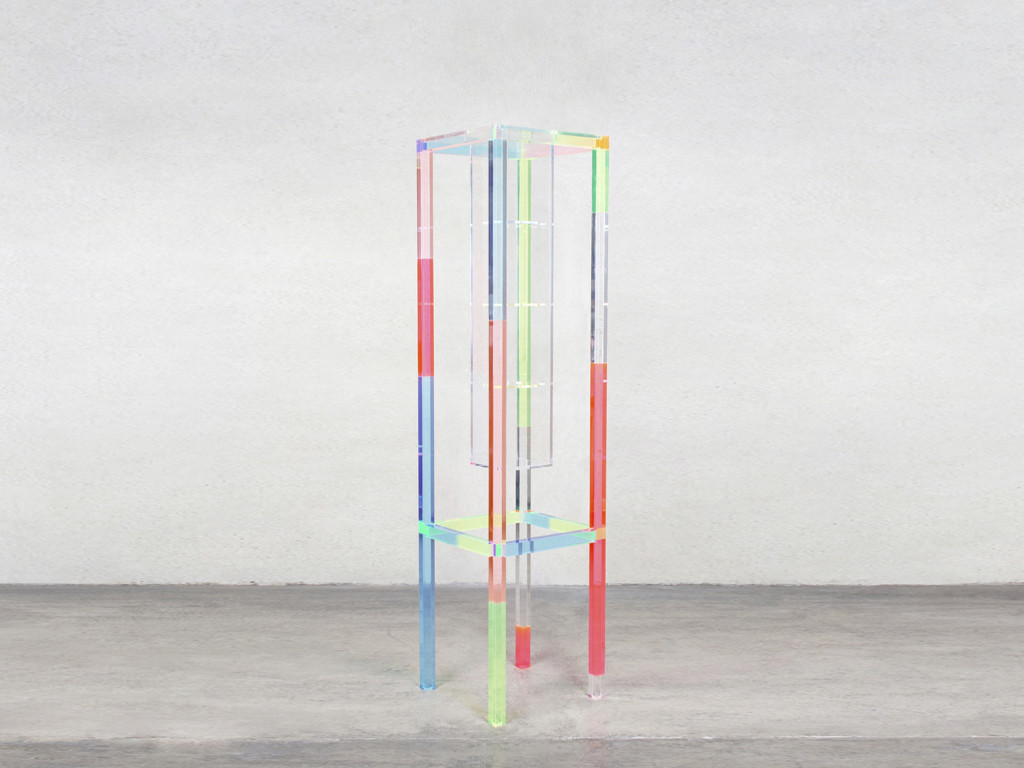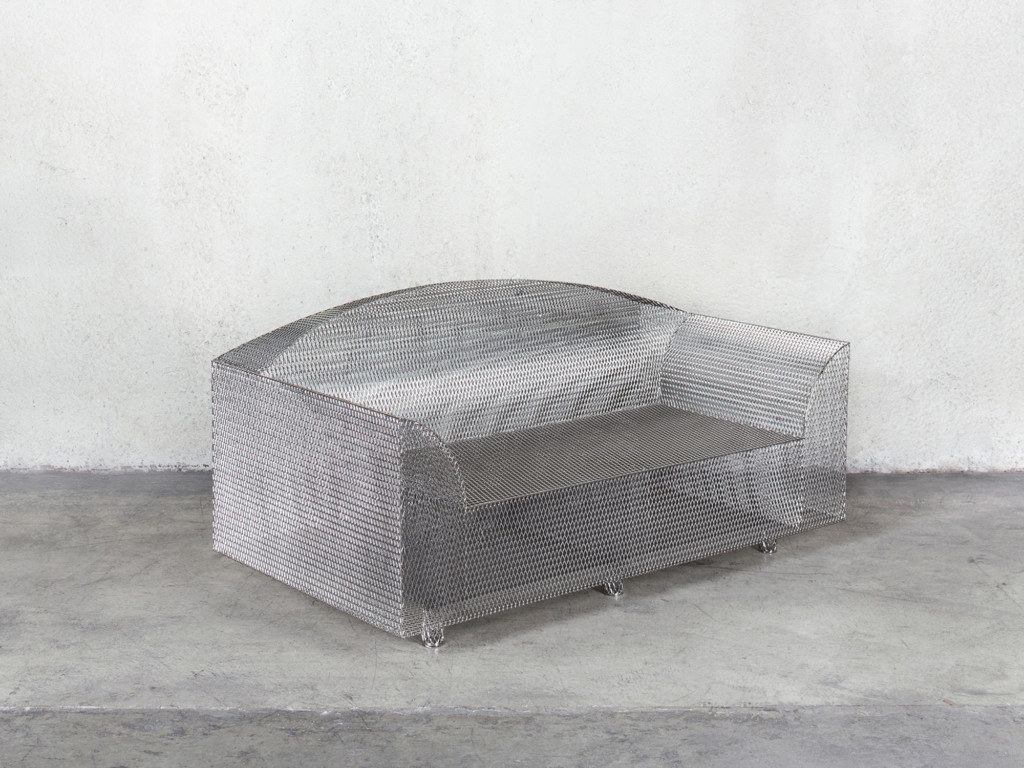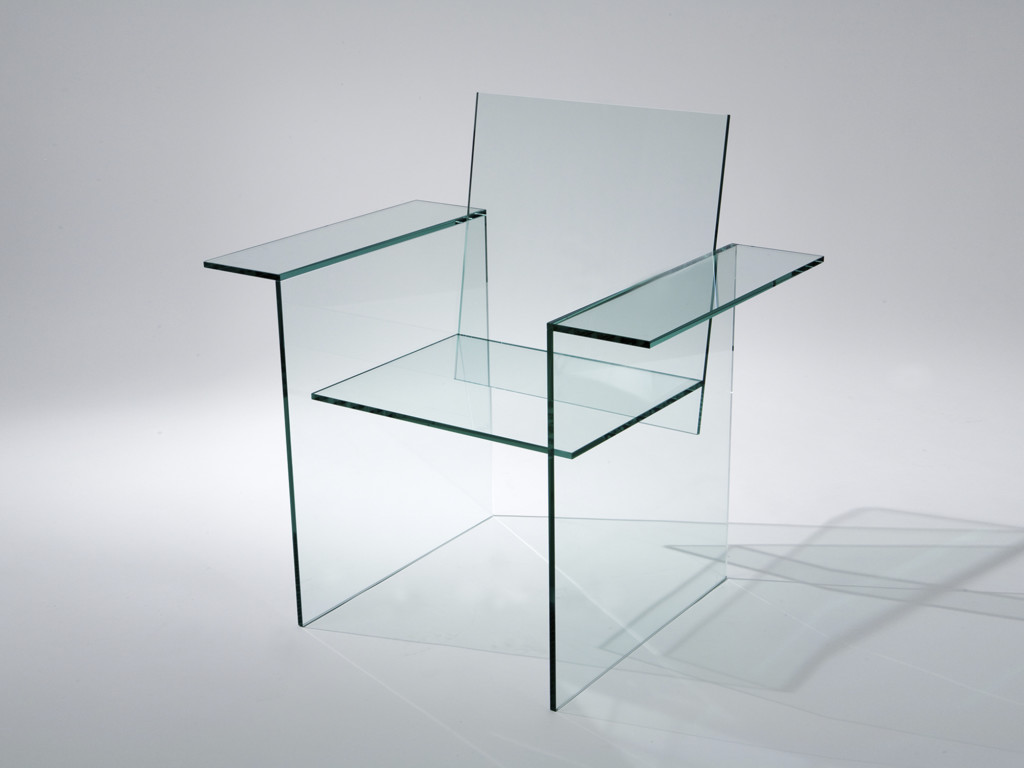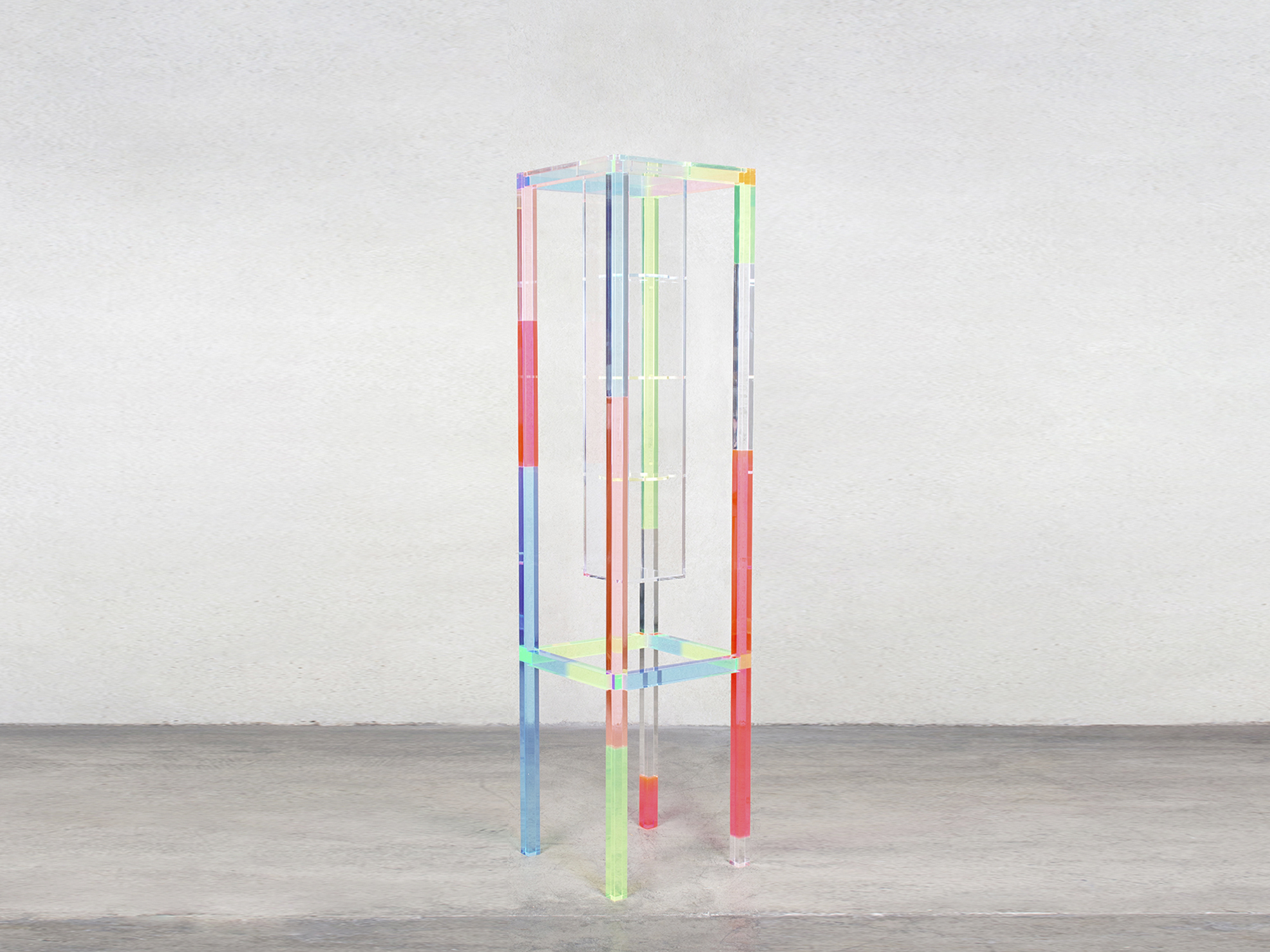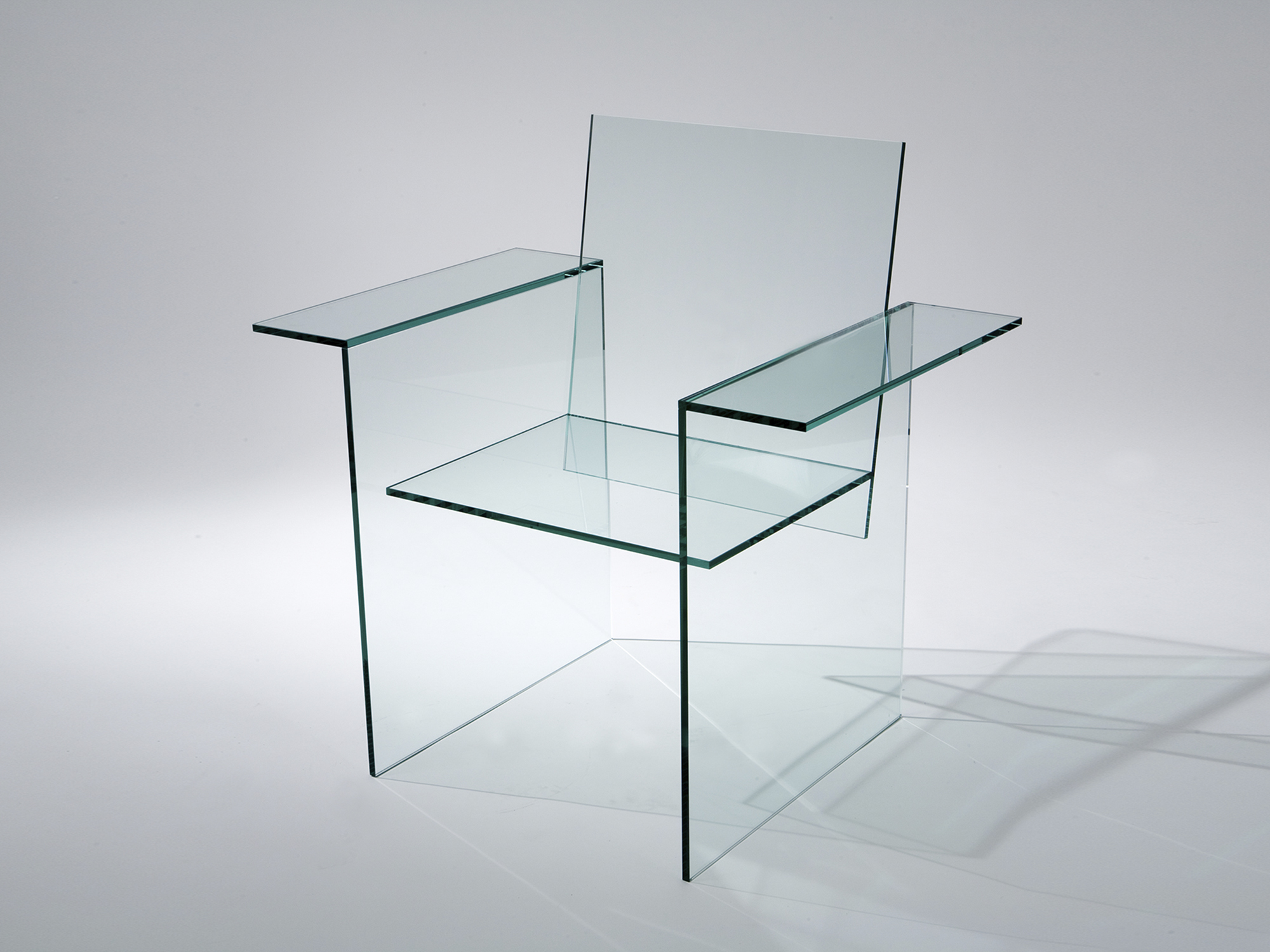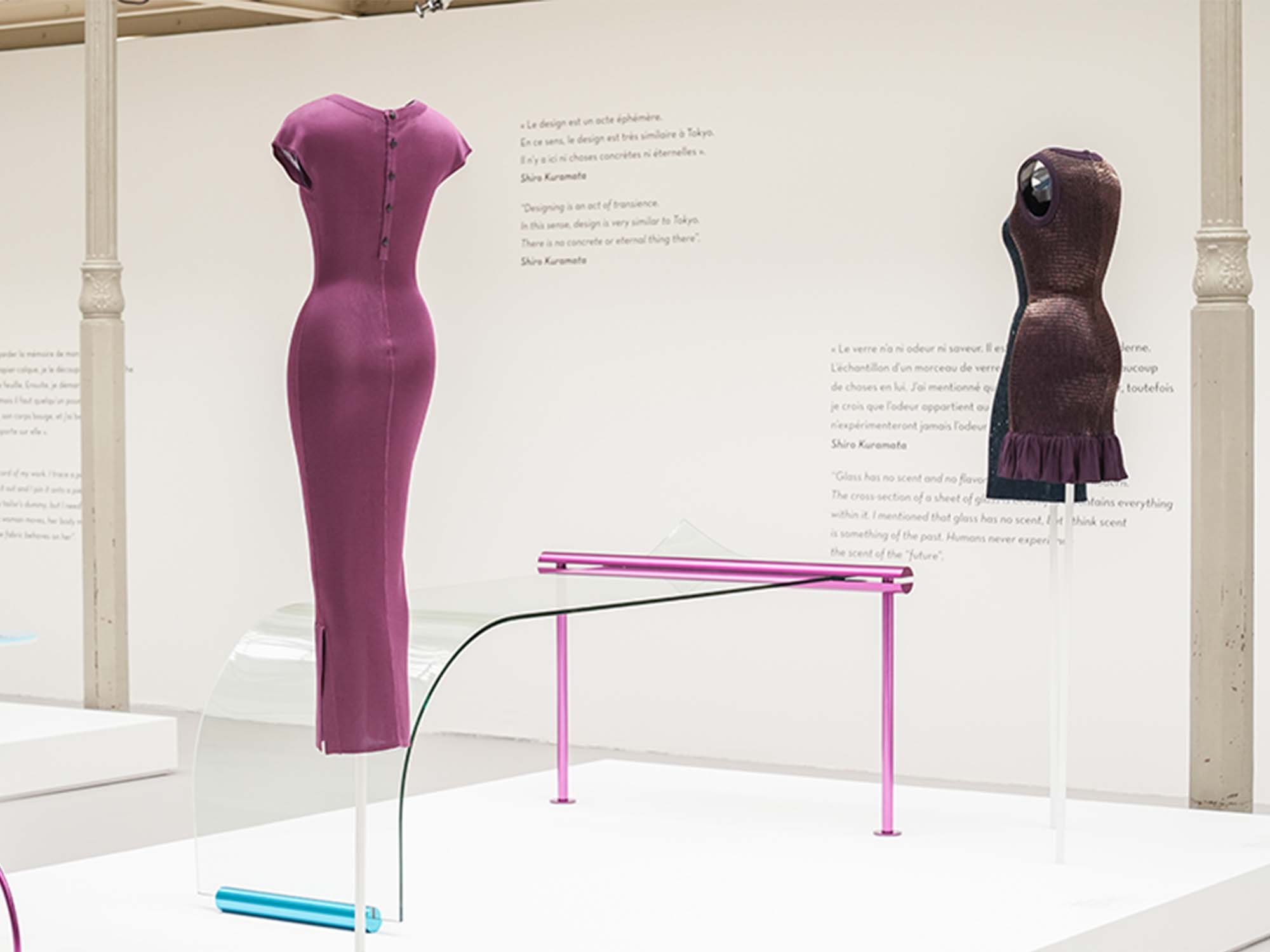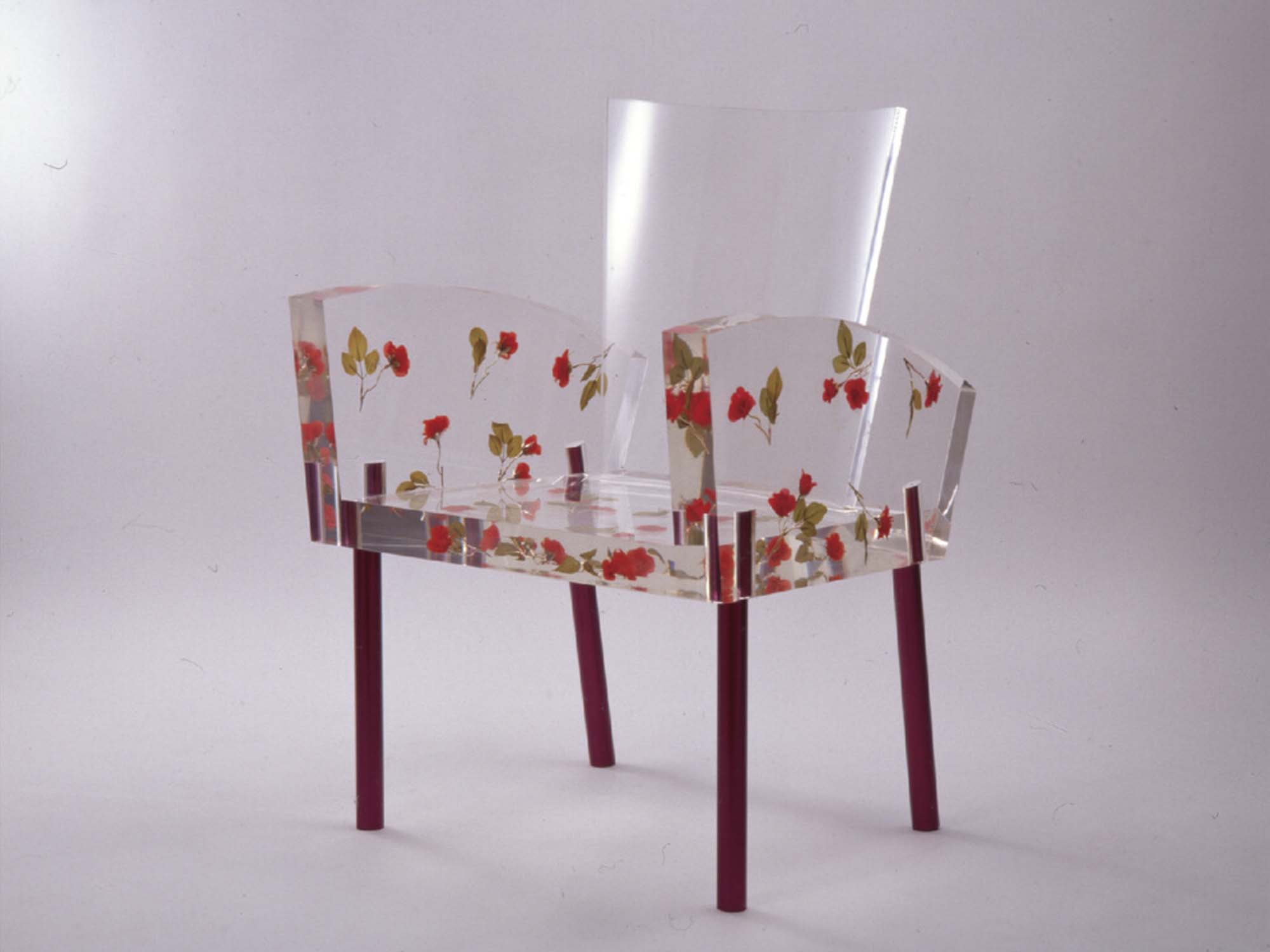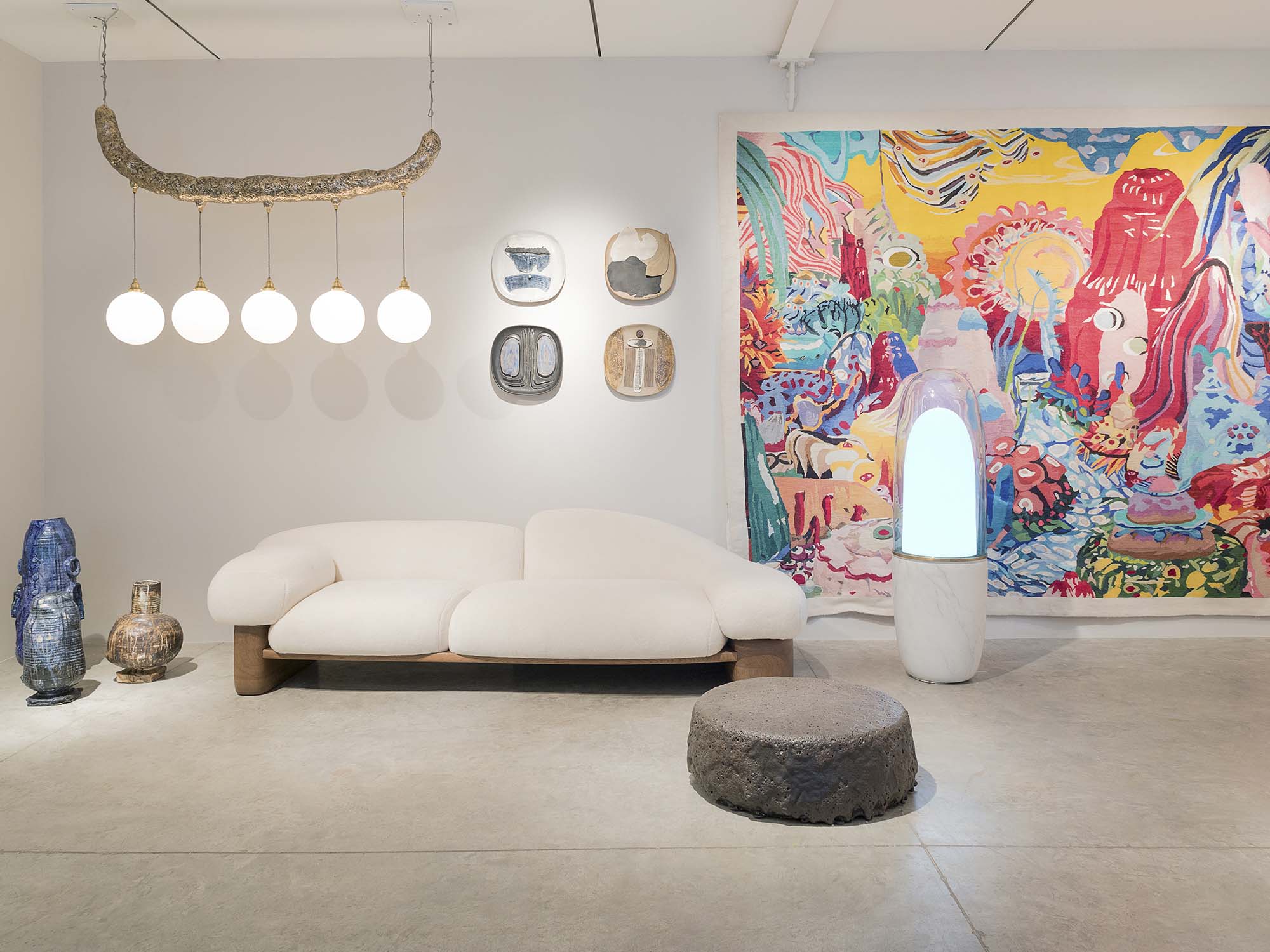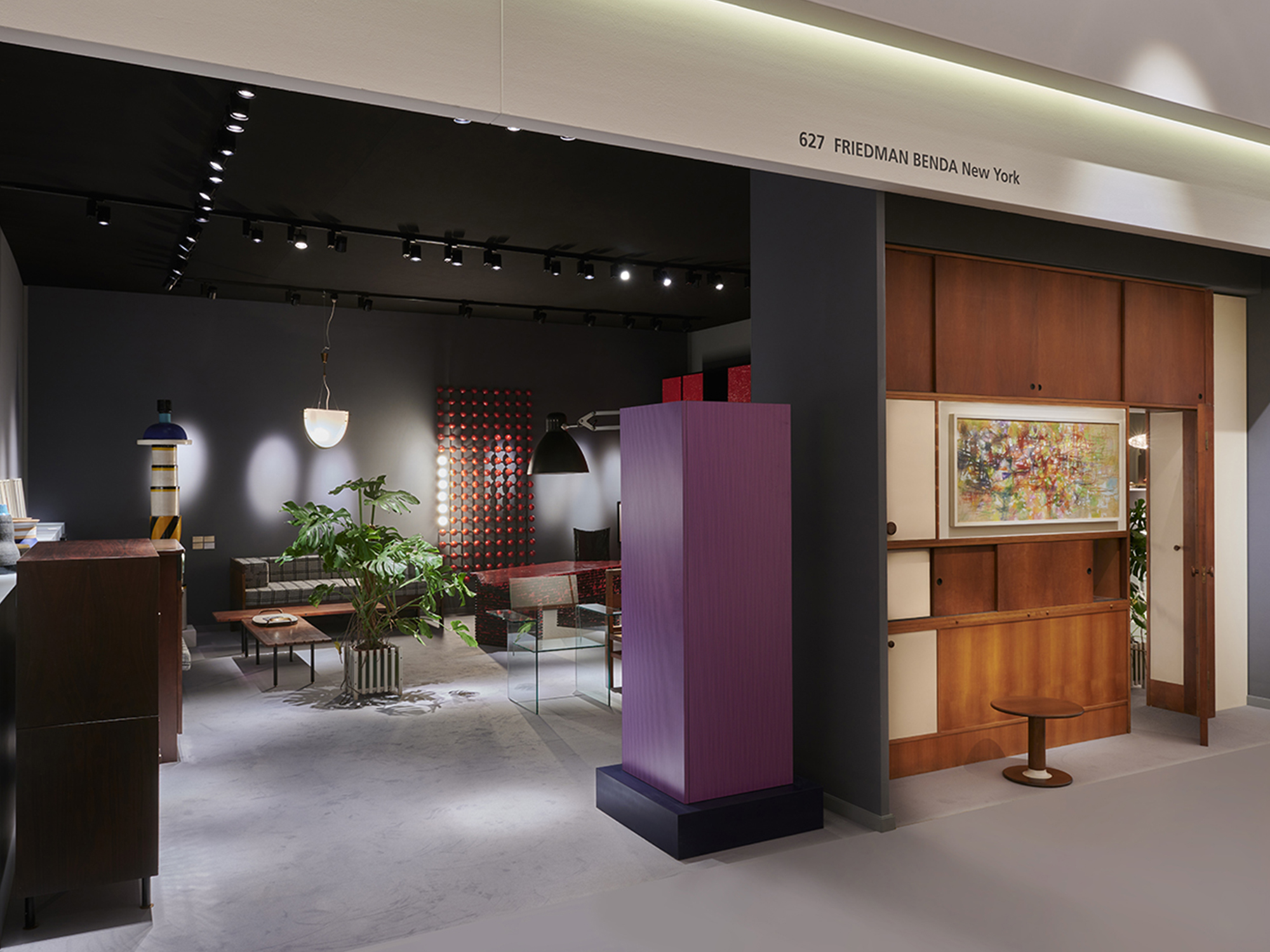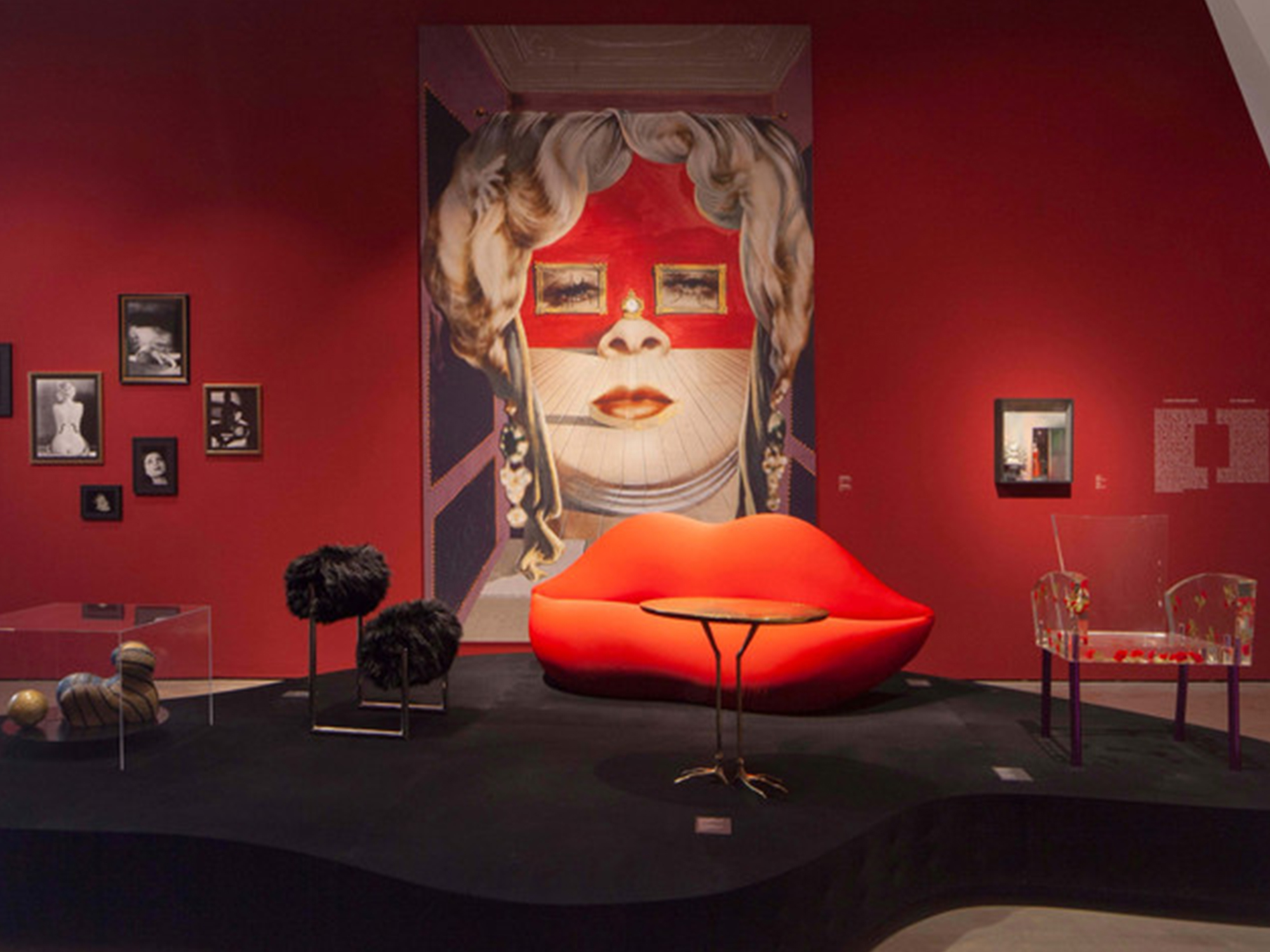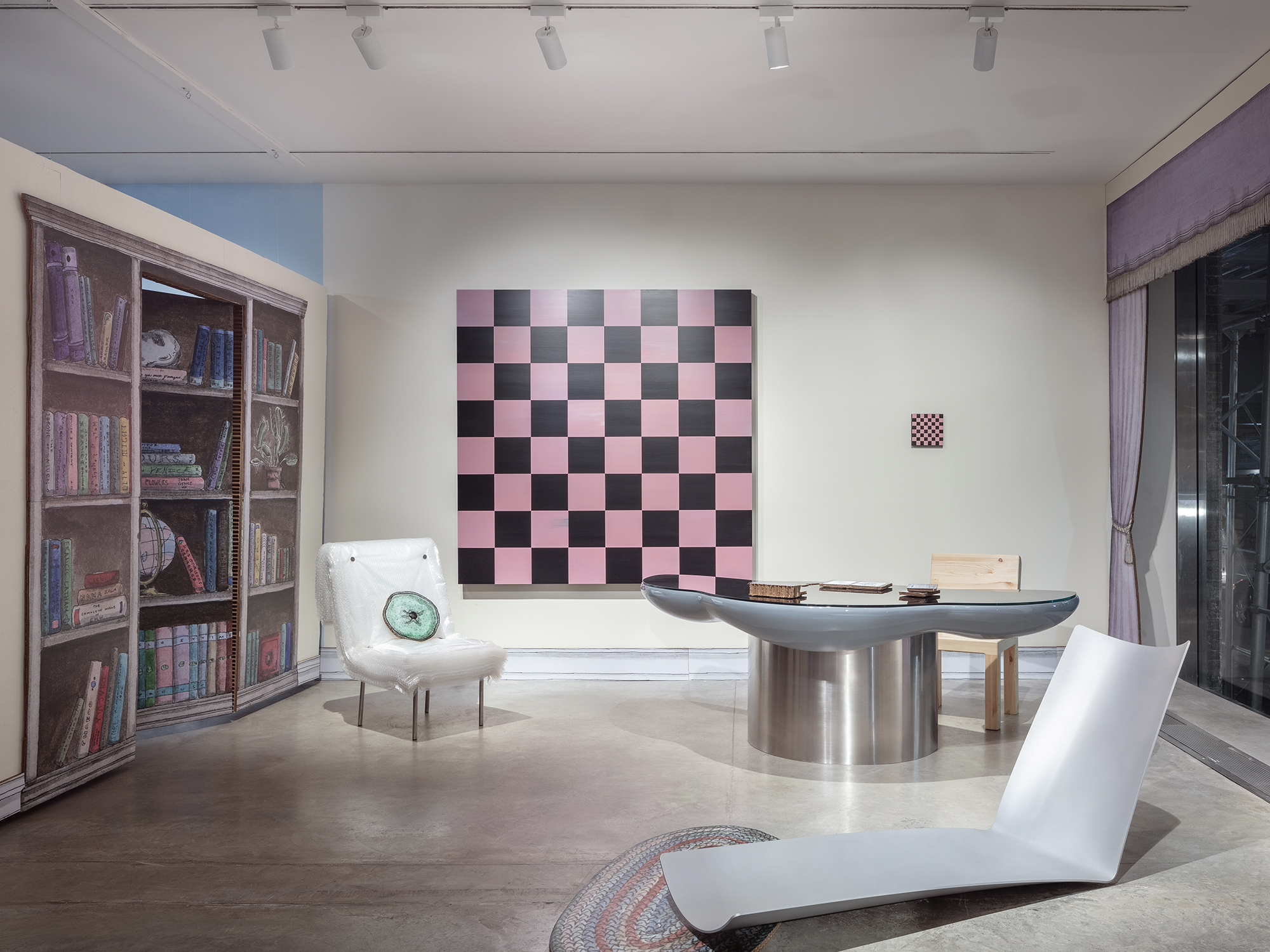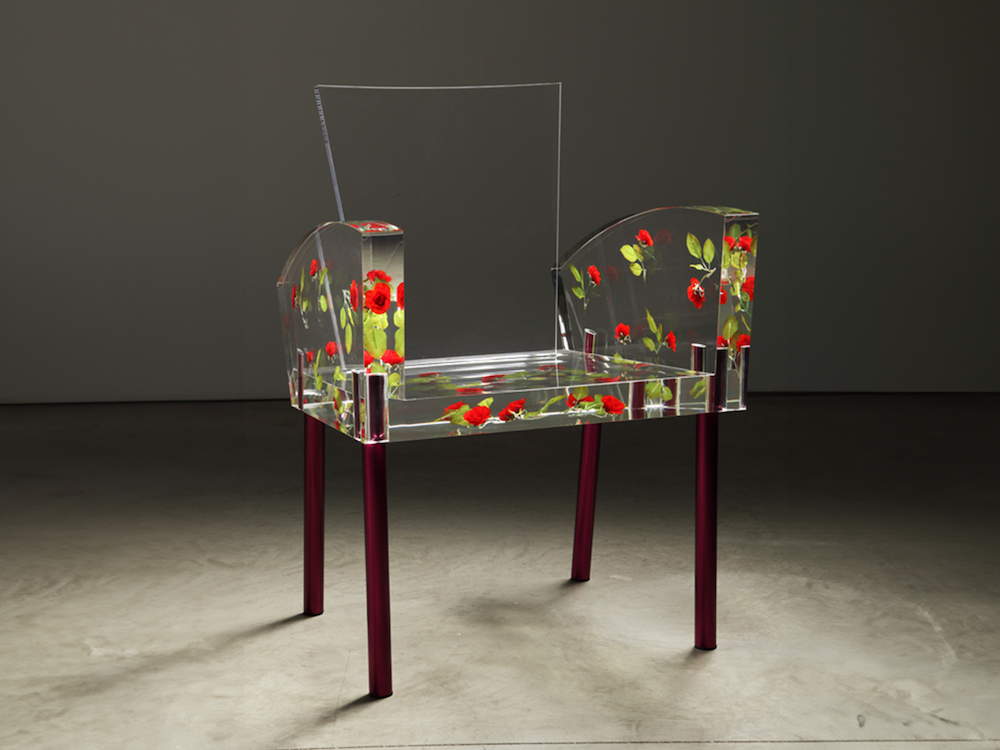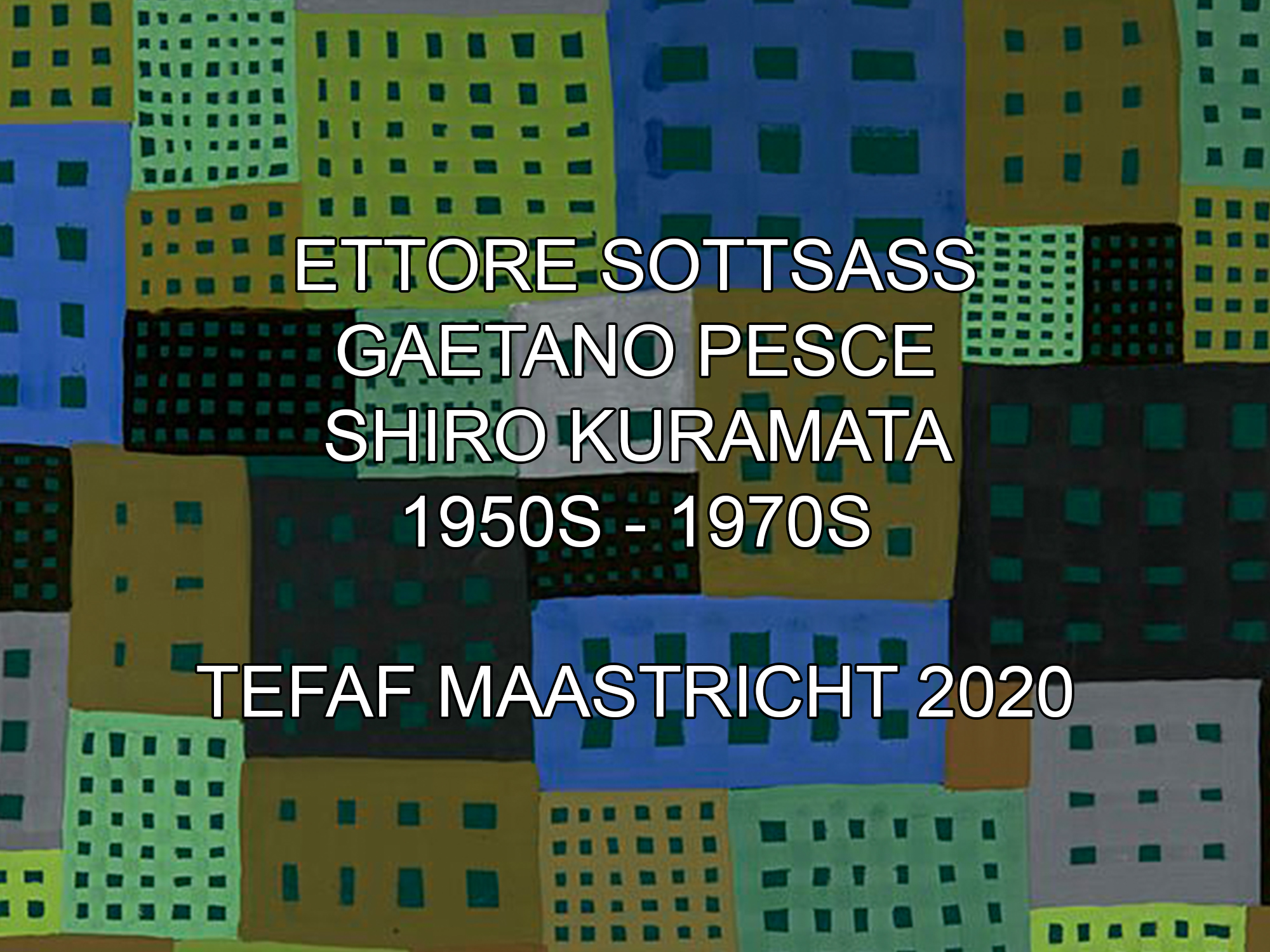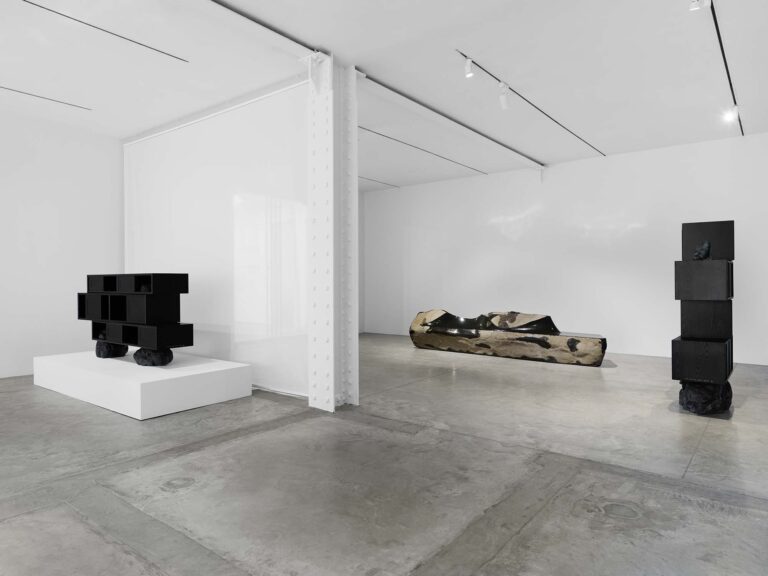A poet of material and form, Shiro Kuramata transformed the field of design in postwar Japan by elevating everyday objects through touches of surrealism within a rigorous minimalist matrix.
Born in Tokyo in 1934, Kuramata graduated from Tokyo Polytechnic High School in 1953. He subsequently was trained as a cabinet maker at the Kuwasawa Institute of Design in Tokyo in 1954, after which he worked for multiple companies such as the furniture producer Teikoku. Kuramata opened his own studio in 1965 and in the early stages of his career, he worked alongside important creative figures in Japan such as artist and founder of avant garde group Hi Red Center Jiro Takamatsu and architect Tadao Ando.
Kuramata’s most influential partnership was unquestionably with acclaimed fashion designer Issey Miyake. Recognizing Kuramata as a rising pioneer in the field, Miyake approached him to design his first retail store in Tokyo in 1976. From this initial project grew an incredibly fruitful collaboration between two creative forces yielding over 100 interior projects. Reassessing the relationship between form and function, Kuramata approached every element within these spaces with the goal of erasing all traces of repetitive routines and liberating one from everyday complacency—reimagining traditional tenets of fashion retail presentation. Kuramata’s partnership with Miyake introduced his revolutionary approach to a global audience and aside from interior projects, the like-minded designers also collaborated on countless objects.
By the mid-1970s, Kuramata was alert to the numerous possibilities of new technologies and industrial materials, choosing to turn to acrylic, glass, aluminum, and steel mesh. His ethereal yet materially precise aesthetic is exemplified in objects like the How High the Moon series (1986), Miss Blanche chair (1988) and interiors like the Kiyotomo sushi restaurant, Tokyo (1988) which is now preserved in the collection of M+ Museum, Hong Kong.
Kuramata found a kindred spirit in Italian designer Ettore Sottsass and he contributed to his seminal Memphis project at its inception from 1981. Both designers felt constrained by modernism and shared a passion for design that brings joy and a sense of surprise to life.
His works can be found in the permanent collections of the Centre Pompidou, Paris; Dallas Museum of Art, Dallas, TX; Hara Museum of Contemporary Art, Tokyo; Israel Museum, Jerusalem; M+ Museum, Hong Kong; Musée des Arts Décoratifs, Paris; Museum of Fine Arts, Boston, MA; Museum of Modern Art, New York, NY; National Museum of Modern Art, Kyoto; Philadelphia Museum of Art, PA; San Francisco Museum of Modern Art, CA; Victoria & Albert Museum, London, and the Vitra Design Museum, Weil am Rhein.
Kuramata died in 1991 in Tokyo, Japan.
